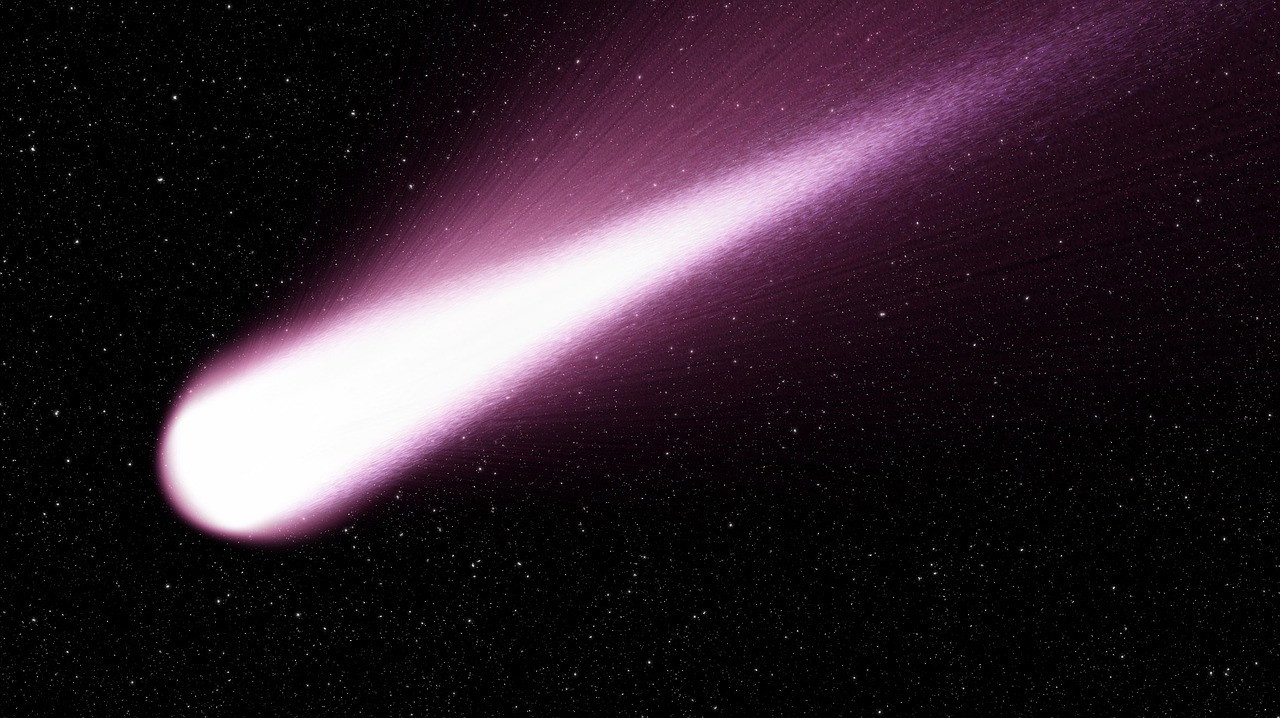A spectacular celestial visitor is currently illuminating the night sky, offering skywatchers a rare opportunity to witness a comet that won’t return to our solar system for approximately 80,000 years. Comet Tsuchinshan-ATLAS (C/2023 A3) has emerged as one of the brightest comets visible in recent memory, creating excitement among astronomers and casual observers alike.
Optimal Viewing Conditions
The comet remains visible to the naked eye through October 21st, with the best viewing window occurring approximately 30 minutes after sunset. Observers should look toward the west-southwest direction, scanning just above the horizon where the comet’s distinctive shimmer becomes apparent against the darkening sky.
As October progresses, the comet’s position will shift higher in the sky while gradually dimming. Despite this reduction in brightness, the comet should remain visible to dedicated skywatchers throughout the remainder of the month. The timing of this celestial event coincides with October’s supermoon, which may present some challenges for observation due to increased ambient light.

A Crowded Sky
Comet Tsuchinshan-ATLAS isn’t the only comet gracing October’s skies. Two additional comets, C/2025 R2 (SWAN) and C/2025 A6 (Lemmon), are also becoming increasingly visible to observers with binoculars or through long camera exposures. Comet Lemmon, discovered earlier this year, is brightening as it moves into morning northern skies and will make its closest approach to Earth on October 21st at approximately half the Earth-Sun distance.
The convergence of multiple comets visible simultaneously represents a relatively uncommon astronomical event, providing enthusiasts with multiple targets for observation throughout the month.
Scientific Significance
Astronomers are particularly excited about Comet Tsuchinshan-ATLAS due to its extreme brightness and the wealth of observational data it provides. The comet’s current journey through the inner solar system offers researchers valuable insights into the composition and behavior of these ancient celestial bodies. Comet Lemmon’s rapidly changing ion tail, as captured in recent imaging from Texas, demonstrates the dynamic nature of cometary activity.
The Draconids meteor shower, peaking around October 8th, adds another layer of celestial activity to an already eventful month for astronomy enthusiasts. While the bright supermoon may have complicated meteor observation during the shower’s peak, the ongoing comet displays more than compensate for any missed shooting stars.
This rare alignment of multiple observable comets serves as a reminder of the dynamic nature of our solar system and the importance of taking advantage of these fleeting opportunities to witness cosmic phenomena that may not occur again in multiple human lifetimes.
Sources:
- https://apod.nasa.gov/apod/ap250930.html
- https://www.youtube.com/watch?v=Ki_xlNCkO9s
- https://www.smithsonianmag.com/smart-news/heres-how-to-see-two-comets-and-a-meteor-shower-light-up-the-sky-this-month-180987456/
- https://www.space.com/comet-tsuchinshan-atlas-bright-night-sky
- https://science.nasa.gov/solar-system/whats-up-october-2025-skywatching-tips-from-nasa/
- https://www.youtube.com/watch?v=BRdBp8JkHvc
- https://science.nasa.gov/wp-content/uploads/2023/09/comet-nishimura-sept-7-2023.jpg
